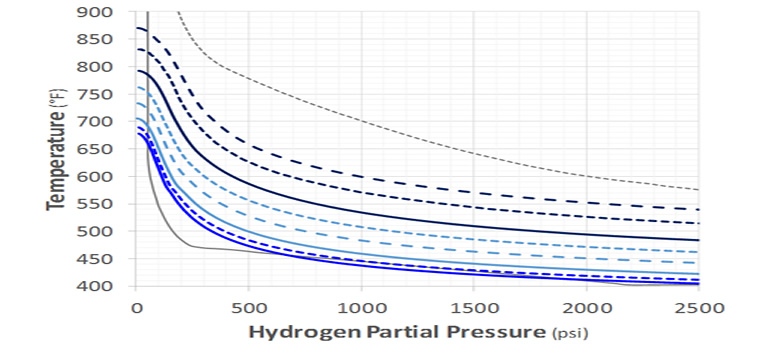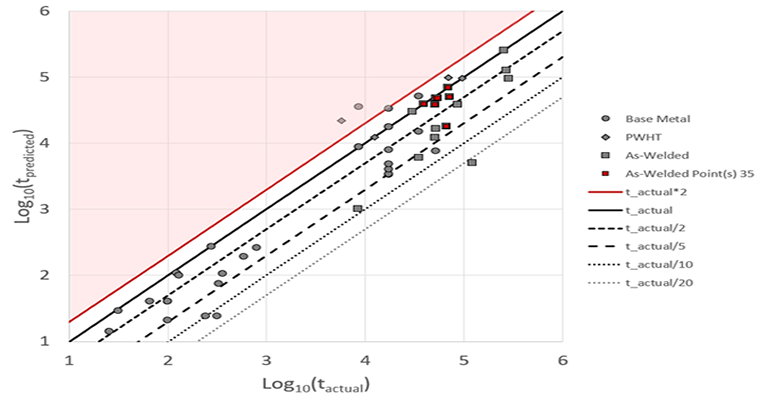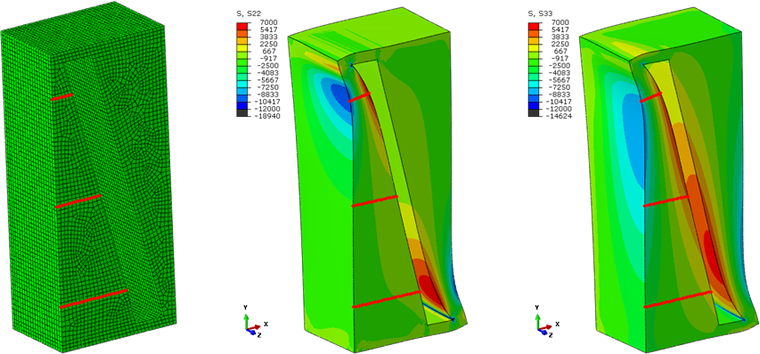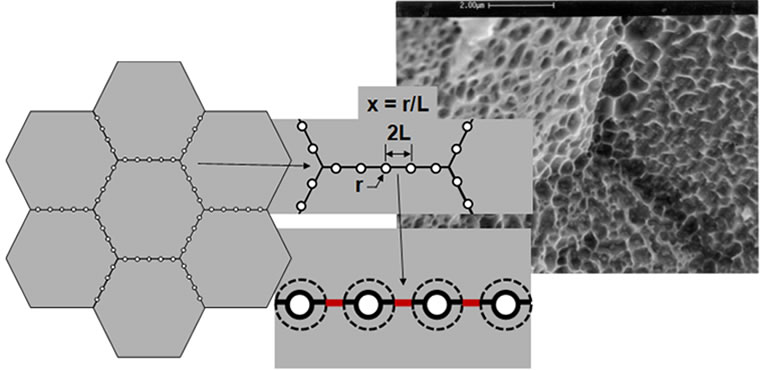Recent Advances in Becht’s HTHA Damage Modeling Approach Part 5: Time-Dependent Nelson Curves for Carbon and C-0.5Mo Steels
Overview The first four parts of this series have described the updated Becht HTHA model and presented extensive validation for its application to Carbon Steel and C-0.5Mo. Based on this validation, time-based Nelson Curves for Carbon Steel (CS) and C-0.5Mo suitable for inclusion in API RP 941 [1] are now presented. General Assumptions Curves are […]







